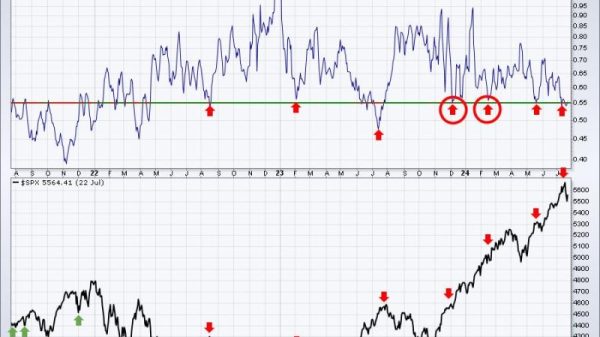In the world of investing, one of the key principles that many successful investors swear by is following the trend. This approach involves analyzing the market trends and aligning one’s investment decisions with the prevailing direction of those trends. While some may argue that trying to predict market trends is akin to gambling, proponents of trend investing assert that it provides a systematic and disciplined way to invest that can lead to favorable outcomes in the long run.
One of the most important aspects of trend investing is recognizing and distinguishing between different types of market trends. In general, market trends can be categorized as either primary trends, secondary trends, or minor trends. Primary trends are long-term trends that can last for several years and are generally considered to be the most significant in terms of their impact on investment decisions. Secondary trends, on the other hand, are shorter-term trends that can last from a few weeks to a few months and can occur within the context of a primary trend. Finally, minor trends are the shortest-term trends that can last for just a few days and are often seen as noise within the broader market trend.
When it comes to implementing a trend-following strategy, there are various technical indicators and tools that investors can use to identify and confirm market trends. Moving averages, for example, are commonly used to smooth out price data and identify the direction of a trend. Investors may also use trendlines, which are lines drawn on a price chart that connect the lows or highs of an asset’s price movement, to visualize the trend and potential support and resistance levels.
While trend investing can be a profitable strategy, it is not without its risks. One of the main challenges of trend investing is determining when a trend is reversing or about to change direction. False signals can lead to losses if investors enter or exit positions prematurely. Additionally, trend-following strategies can underperform during choppy or range-bound markets when prices move sideways with no clear trend.
Despite these challenges, many investors continue to rely on trend investing as a core part of their investment strategy. By carefully analyzing market trends, using technical tools to confirm trends, and practicing patience and discipline, investors can potentially benefit from the power of trends to guide their investment decisions and achieve long-term success in the market.





























